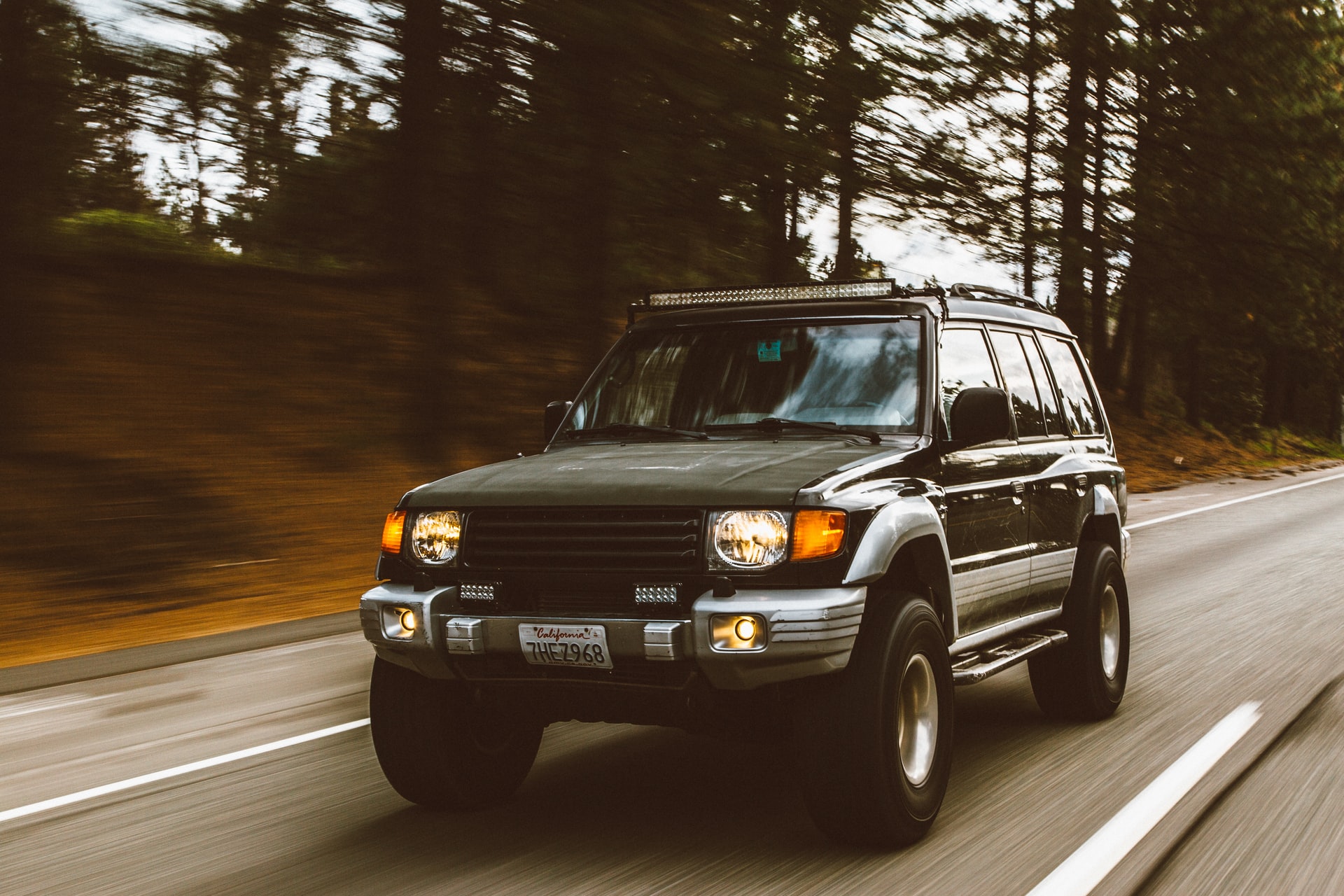A clean car is a happy car. Making sure your vehicle is free of dust, dirt and any other contaminants can drastically improve not only your happiness but also your safety as the inside components work more efficiently when properly maintained.
But Nobody Wants To Scratch Their Car! In this article, we’ll go over some easy steps that will help you to maintain a clean car without scratching paint or damaging any interior surfaces. We all love our vehicles too much to see them get damaged
Materials Needed:
Towels or Cloths – old or new, it doesn’t matter as long as they’re clean. Cotton is best but any cloth will do the trick.
Water:
Use a spray bottle for easy application and storage of your cleaning solution.
Car Soap:
Whether you prefer to use a foam, gel, or liquid car wash it’s your choice! For this tutorial, we’ll be using Turtle Wax Premium Car Wash. And since it’s water-based, there should be no issues with the finish, unlike other products that may contain petroleum distillates. If you have a favorite go ahead and stick with it! Just make sure that whatever product you choose is safe for all surfaces of your vehicle.
Microfiber Cloths:
These are great for buffing off any remaining streaks after you’ve finished drying your car. They’re also perfect for absorbing water and giving the final touches after rinsing away the soap. For this tutorial, we’ll be using Stoner Invisible Glass Premium Microfiber Towels. These towels will act as your wipers, removing excess moisture from your windows with ease.
PROTIP: If you need to clean the inside of your windows or mirrors opt for microfiber cloths since they won’t leave behind any fibers like regular paper towels would.
Step 1: Clean the Exterior
Start by hosing down all exterior surfaces, give them a quick wash with some soap and then rinse them all thoroughly to remove any residue.
You may wonder will my soap scratch the paint if I use it too much?
This can be a tricky question as there are many types of car soaps and their effectiveness varies depending on the conditions you’re working with. If it is very dirty, we recommend using more soap to clean away stubborn dirt and grime. However, know that over-usage of soap may leave behind a temporary film which will need to be removed later. Also, note that this film could potentially cause watermarks if left untreated – which is why we recommend using a microfiber cloth instead.
PROTIP: Don’t use dish soap! Dish soap is designed to remove grease and oils, leaving behind a residue that may make your car appear dirty even after you’ve washed it. If you already use dish soap on your vehicle stop immediately and switch over to using detergent-based automotive soaps instead.
Step 2: Clean the Windows
After hosing down all exterior surfaces, spray or pour some of your chosen car wash onto the windows. Make sure to avoid getting any water into the cracks around the doors as this will allow moisture to get trapped inside which can cause extensive damage later on (carpets, door panels, etc.).
You may wonder what kind of glass cleaner should I use.
As mentioned above, go with something water-based. This will help keep any pesky streaks off your windscreen without harming it in the process.
PROTIP: Use an old towel or sock to apply the soapy water. You can reuse this for future cleanings or simply toss once done.
Step 3: Clean the Wheels
Take a toothbrush and scrub away any dirt stuck in between your wheels, around your lugnuts, and brake calipers. This step is essential for keeping brake dust buildup at bay which can affect both performance and safety over time. Keep in mind that you should only use brushes that are designated for car washing purposes since regular ones may harm protective coatings on alloy rims, especially scratch-resistant clear coats.
YOU MAY WONDER: How can I make sure my rims are safe from brake dust?
Apply a coat of wax after every wash to protect your rims from primer deposits as well as pitting and corrosion. We recommend using Turtle Wax T-240K Automotive Paste Car Wax. This is a durable product that will keep your car looking shiny and new for months on end – just be sure to follow the instructions carefully before applying!
PROTIP: Don’t use products that contain ammonia! Ammonia can remove the protective coating and cause irreparable damage to clear coated alloy wheels. If you need the extra strength of a heavy-duty polish, go with P21S Metal Polishing Soap which contains no ammonia but is still designed to tackle difficult jobs such as oxidation.
Step 4: Clean the Rubber Seals
Take your towels and wipe down all seals around doors, windows, and trims to prevent water spots from forming. We recommend using microfiber cloths since they won’t leave behind any fibers like regular paper towels would. Also keep in mind that you’ll want to use separate cloths for each cleaning job (one for exterior, one for windows, etc.) since you don’t want debris getting trapped between varying surfaces.
YOU MAY WONDER: Will spraying paint damage my car?
Spraying paint will not harm factory-coated plastic trim pieces but it may remove protective coatings on unpainted ones (such as rubber seals). If you plan on painting trim pieces make sure to sand them down first and then apply a new coat.
Step 5: Clean the Interior
By now you’re probably already done cleaning your car so feel free to move on to the next step if necessary. However, let’s say that you don’t really want to clean your car but HATE seeing dirt inside when you look through your windows. Well in this case we recommend leaving out the exterior wash for another day and jumping straight into vacuuming up all loose debris from fabric surfaces (especially in high-traffic areas like seats). Just be careful not to put any pressure onto seatbelts since that may cause them to break down over time. And of course, never stick anything bigger than your vacuum hose nearby since it could damage delicate electronics!
YOU MAY WONDER: Will vacuuming harm my car?
No, as long as you stick to using the crevice tool it should be fine. However, keep in mind that under no circumstances should you attempt to clean out your vents with a vacuum since this could damage critical components inside. If any of them are clogged simply use compressed air instead.
Step 6: Clean the Interior Windows
Don’t forget about those windows! You can easily prevent water stains from building up by applying a thin layer of glass cleaner onto all available surfaces. Also, make sure to wipe down dashboard displays and buttons around your audio system if they’re not waterproof.
By following all these tips and tricks you can easily clean your vehicle without making scratches on its exterior.




